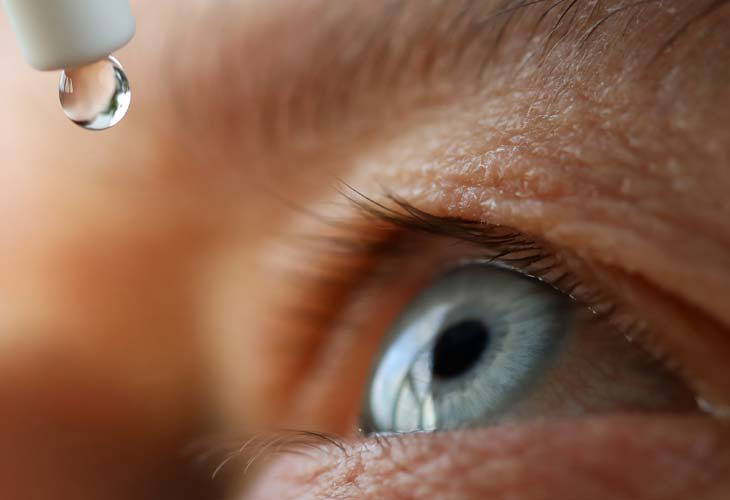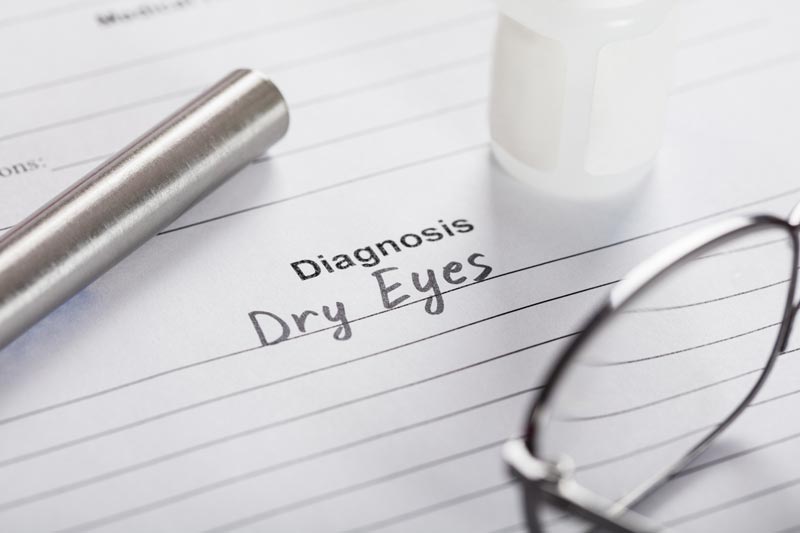Dry eye syndrome is a common condition that can cause discomfort, irritation, and blurred vision. Managing dry eyes effectively can help restore comfort, improve eye health, and enhance your quality of life. With the right treatment plan, you can relieve symptoms and protect your eyes from further irritation.
Understanding Dry Eye Syndrome
Dry eye occurs when the eyes do not produce enough tears or when the tear film is unstable, leading to dryness, redness, and discomfort. Factors such as aging, prolonged screen time, certain medications, and environmental conditions can contribute to the condition.
If left untreated, dry eye syndrome can impact daily activities like reading, driving, and working on a computer. In more severe cases, it can lead to inflammation and damage to the eye’s surface, making effective management essential.


Effective Dry Eye Treatments
There are several ways to manage and treat dry eye syndrome, helping to restore moisture and comfort to your eyes:
With the right approach, dry eye symptoms can be effectively managed, allowing you to enjoy clearer, more comfortable vision. Regular eye exams and tailored treatment plans ensure the best possible care for your eye health.